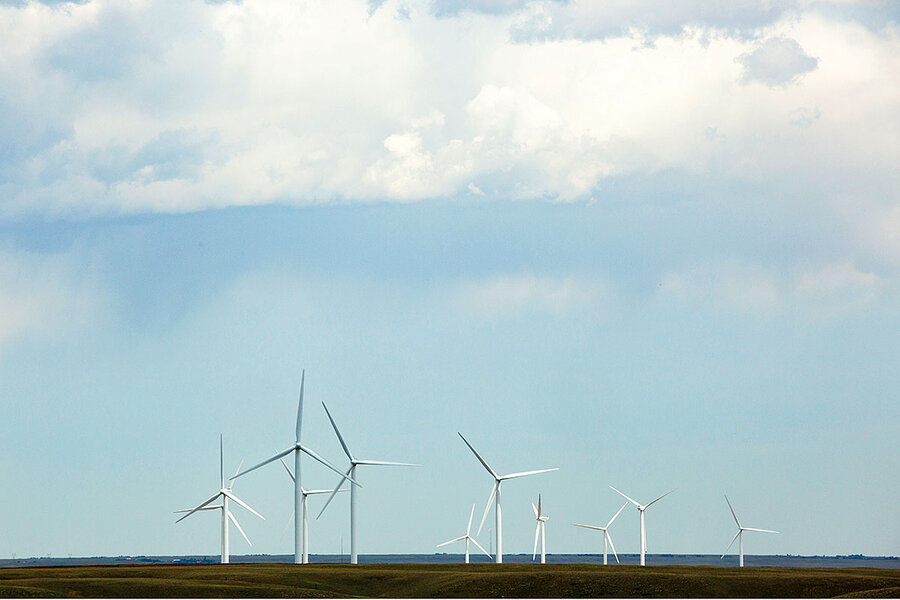Energy, wildlife, and the myth of the zero-sum game
Loading...
The pandemic sent shock waves through many sectors, but 2020 was a banner year for renewable energy. The industry saw the largest year-over-year increase in 20 years, with nearly 280 gigawatts going online last year, according to the International Energy Agency. Newly added fossil fuel-based projects, on the other hand, declined from 64 GW in 2019 to just 60 GW in 2020, according to the International Renewable Energy Agency.
The shift is a big win for the environmental community. Yet many renewable projects face sharp head winds from environmentalists all the same. A recent cover story by Dyna Rochmyaningsih centers on a dam project in Indonesia that would slash carbon emissions but also threatens the survival of the rare Tapanuli orangutan.
Similar concerns dog renewable projects around the world. Solar fields, wind farms, and hydroelectric dams all require large swaths of land. The batteries that bring reliability to intermittent power sources require extraction of rare earth metals from the land. At a time when the United Nations has warned of unprecedented and accelerated extinction of global species, the loss of even a small habitat can have cascading effects on ecosystems.
But these two ecological values don’t have to be in opposition, says Jean Su, energy justice director for the Center for Biological Diversity, a U.S.-based advocacy group. “We actually have the ability to build both a climate-safe future as well as one that can be just,” she says.
One way to achieve both of those goals is to invest in rooftop solar and localized power generation on already degraded or built environments, she says. This approach not only avoids disruption of pristine habitat, but also puts the potential savings from renewable energy directly in the pockets of consumers.
When it comes to large, utility-scale projects, she points to California’s Desert Renewable Energy and Conservation Plan as a model for thoughtful siting of both electricity development and land conservation. The plan looked at the region holistically and carved off specific areas for both preservation and development.
Innovations are emerging throughout the sector.
In the American Midwest, the nation’s so-called wind belt, The Nature Conservancy has developed Site Wind Right, an interactive map that uses geospatial data to overlay key wildlife habitats. The tool revealed potential for 1,000 GW of wind power that could be developed away from critical habitats.
In southwest Oregon, researchers found that solar farms can also be used to cultivate pollinator habitat.
The bottom line is “this is not a zero-sum game,” Ms. Su says. “In the current climate, people get so oppositional. When we’re talking about our climate emergency and our biodiversity crisis, there are going to be fervent advocates on both sides. The solution has to be right down the middle of both concerns. But both can actually be achieved together with extremely thoughtful, careful planning.”






